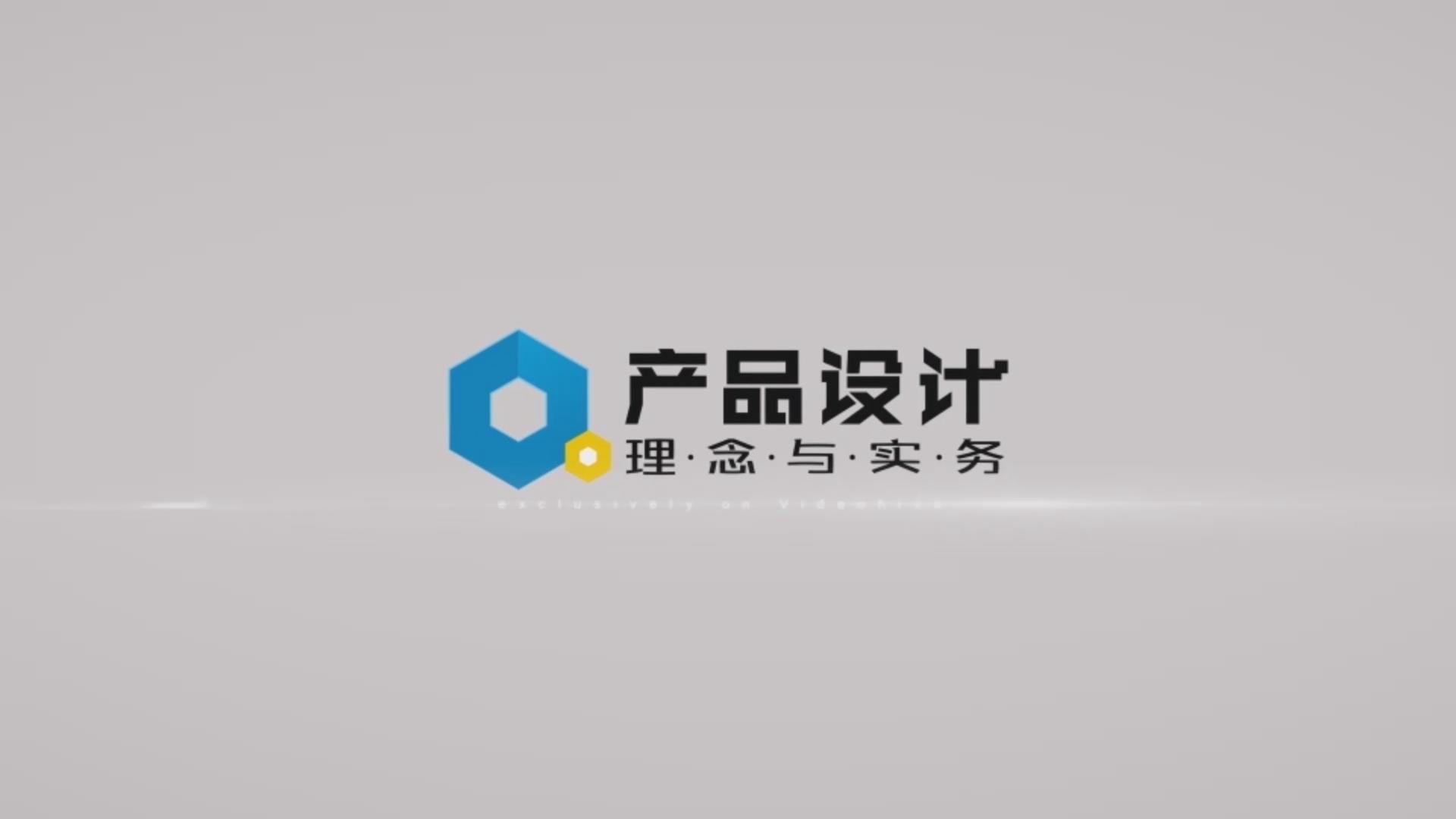
当前课程知识点:Production Engineering > Chapter 6 Sucker Rod Pumping(I) > 6.2 Operating Principle of Sucker Rod Pumps > 6.2.2 Pump Displacement
返回《Production Engineering》慕课在线视频课程列表
返回《Production Engineering》慕课在线视频列表
同学们好
本节中我们学习泵的排量
是如何确定的
通过泵的工作过程
我们可以知道
在上冲程中柱塞让出容积
原油进入泵腔之内
同时柱塞的上端排出原油
这样的一个过程
每一个冲程的排出量
应该等于柱塞的截面积乘以
柱塞活动的距离
如果我们认为
悬点的位移跟柱塞活动的位移
是完全对应的
每个冲程的排出量应该是
柱塞的面积乘以悬点的位移
每分钟的排出量
我们知道每分钟柱塞往返的次数
称为冲次
每分钟的排量就是
在每个冲程的排量上
乘以冲次n得到的
那么一天的排量又是多少
每天的排量
就等于1440乘以每分钟的排量
而这个排量
我们称为泵的理论排量
所谓泵的理论排量
指的是在冲程为s
冲次为n的情况下
这个泵它能够达到的最高的排量
我们称为泵的理论排量
那么如何来改变一个泵的排量
通过泵的理论排量公式
我们可以知道
如果改变泵径在实际的操作中
不容易实现的话
那么后面的两个变量
冲程和冲次是相对比较容易实现的
如何改变冲程
我们讲过抽油机的四连杆机构
其中连杆和曲柄之间的连接点
在实际的抽油机上是可调的
如果调节不同的连接点的位置
就意味着曲柄和连杆之间的
旋转距离是发生了变化的
整个的四连杆机构的运行
就发生了变化
也就使得悬点位置的位移
发生了改变
这就是冲程的变化
冲次是怎么改变的
我们知道电机 减速箱相互配合
是将高速的旋转运动变为低速的
旋转运动
这个时候如果我们改变电机上
皮带轮的直径
就可以改变速度的配比
从而改变了抽油机的冲次
因此通过调节抽油机上的销钉位置
或者是电机的皮带轮
可以有效地改变一口井的
泵的理论排量
下面我们介绍一下
一个非常重要的概念
泵效
泵效指的是实际产量
与理论排量的比值
这样的一个比值
说明我们实际的油井中
它的产量跟理论上达到的最高值
是有差别的
这样的一个差别就会导致
一口井的泵效往往是小于1的
影响泵效的因素有很多
我们需要采取一定的措施
尽量的得到比较高的泵效
这里我们介绍一下其中影响泵效的
一方面的因素
泵的漏失
我们来看一下
整个泵的工作状态的视频
通过这个视频我们看到
这个泵发生了漏失
在什么位置发生了漏失
是在上冲程的时候
柱塞与泵筒之间的间隙
和游动阀
阀球和阀座之间的间隙发生了漏失
漏失往往是在具有一定间隙的空间
在上下或者是内外有压差的作用之下
就会产生一定的漏失
就像这张图上给的一样
在上冲程的时候
泵腔内的压力比较低
而泵以上的液柱压力比较高
在这样的一个压差作用之下
作用在泵筒跟柱塞之间
作用在游动阀球和阀座之间就会
产生漏失的现象
另外在这样一个视频中
我们可以看到
在下冲程的过程中
固定阀的位置发生了漏失
这又是为什么呢
在下冲程的过程里面
我们知道泵腔内的压力是比较高的
这个时候相对于固定阀
上下两端的压差就会导致
在固定阀的位置发生一定的漏失
无论是游动阀还是固定阀的漏失
都会导致本来应该吸入到
泵腔内的液体
完全排出到地面的
因为有了这样的漏失现象
使得实际的产量
低于了理论上的排量
使得泵的效率也就是泵效小于1了
以上就是我们介绍的
关于泵的排量部分的内容
同学们
再见
-1.1 Main Tasks of Production Engineering
--1.1 Main Tasks of Production Engineering
-1.2 Flow in Production System
--1.2 Flow in Production System
-Problems
--Chapter 1 - Problems
-2.1 IPR Curve and Well Productivity
--2.1.1 Single-Phase Oil Inflow Performance Relationships
-2.2 Vogel's IPR and Applications
--2.2.2 Determination of IPR Curves Using Vogel's Equation
--2.2.3 Skin Factor and Flow Efficiency
--2.2.4 Extension of Vogel's Equation for Non-Complete Wells
--2.2.5 Combination Single-Phase Liquid and Two-Phase Flow
-Problems
--Chapter 2--Problems
-3.1 Two-Phase Flow in Wellbore
--3.1.1 Flow Regimes in Vertical Flow
-3.2 Two-Phase Vertical Flow Pressure Gradient Models
--3.2.1 Two-Phase Pressure Gradient Equations
--3.2.2 Predicting Gas-Liquid Flow Regimes Using the Okiszewski Correlation
--3.2.3 Pressure Gradient Calculation Using the Okiszewski Correlation
-3.3 Vertical Lift Performance
--3.3 Vertical Lift Performance
-Problems
--Chapter 3--Problems
-4.1 Nodal Analysis Approach
--4.1.2 Solution Node at Bottom of Well
--4.1.3 Solution Node at Wellhead
-4.2 Flow through Chokes
--4.2.2 Solution Node at Choke
-Problems
--Chapter 4--Problems
-5.1 Principles of Gas Lift
--5.1.2 Initial Kick-off of Gas Lift
-5.2 Gas Lift Valves and Gas Lift Completions
-5.3 Gas Lift Design
--5.3.1 Gas Lift Design for Specific Production Rate
--5.3.2 Gas Lift Design for Specific Injection Rate
--5.3.3 Kick-off Procedure with Unloading Valves
--5.3.4 Design Depths of Unloading Valves
-Problems
--Chapter 5--Problems
-6.1 Introduction of Surface and Downhole Equipment
-6.2 Operating Principle of Sucker Rod Pumps
-6.3 Pumping Unit Kinematics
--6.3.1 Motion of Polished Rod-Simple Harmonic Motion
--6.3.2 Motion of Polished Rod-Crank and Pitman Motion
-6.4 Polished Rod Load
--6.4.3 Peak Polished Rod Load and Minimum Polished Rod Load
-Problems
--Problems for chapter 6: Sucker Rod pumping I
-6.5 Calculation of Counterbalancing, Torque and Power
--6.5.1 Balance of Pumping Unit
--6.5.2 Counterbalancing Calculation
--6.5.3 Torque and Torque Factor
-6.6 Volumetric Efficiency of Pump
--6.6.2 Gas Effect on Pump Performance
--6.6.3 Measures of Enhancing Pump Volumetric Efficiency
-6.7 Design of Pumping System
--6.7.1 Strength Calculation and Design of Sucker Rod Strings
--6.7.2 Design Procedures of Pumping System
-6.8 Analysis of Sucker Rod Pumping Well Conditions
--6.8.1 Acoustic Surveys and Analysis of Annular Liquid Levels
--6.8.2 Introduction of Dynamometer Card
--6.8.3 Typical Dynamometer Cards
-Problems
--Problems: Chapter 6: Sucker Rod Pumping (II)
-7.1 Water Injection System
--7.1.1 Water Resources and Water Treatment
--7.1.2 Introduction of Water Injection System
-7.2 Injectivity Analysis
--7.2.1 Injectivity and Injectivity Index Curves
-7.3 Injection Tubing String
--7.3 Introduction of Injection Tubing Strings
-7.4 Analysis and Application of Injectivity Index Curves
--7.4.1 Analysis of Injectivity Index Curves
--7.4.2 Injection Choke Deployment
-Problems
--Chapter 7--Problems
-8.0 Introduction
-8.1 The Fracturing of Reservoir Rock
--8.1.1 Basic Rock Mechanics Parameters
--8.1.4 Fracture Initiation Conditions
-Problems
--Chapter 8(I)--Problems
-8.2 Fracturing Fluids
--8.2.2 Fluid-Loss Properties of Fracturing Fluids
--8.2.3 Rheological Properties of Fracturing Fluids
-8.3 Proppants
-8.4 Hydraulic Fracturing Design
--8.4.1 Productivity Index of Hydraulic Fracturing Wells
--8.4.2 Fracture Geometry Models
--8.4.3 Design Procedure for Hydraulic Fracturing
-Problems
--Chapter 8(II)--Problems
-9.0 Introduction
-9.1 Carbonate Acidizing
--9.1.1 Mechanism of Carbonate Acidizing
--9.1.2 Effect Factors of Reaction Rate
--9.1.4 Effective Distance of Live Acid
-9.2 Sandstone Acidizing
--9.2.1 Mechanism of Sandstone Acidizing
--9.2.2 Mud Acid Treatment Design
-9.3 Acidizing Treatment Technologies
--9.3.2 Acidizing Treatment Operations
-Problems
--Chapter 9--Problems
-Final Exam

